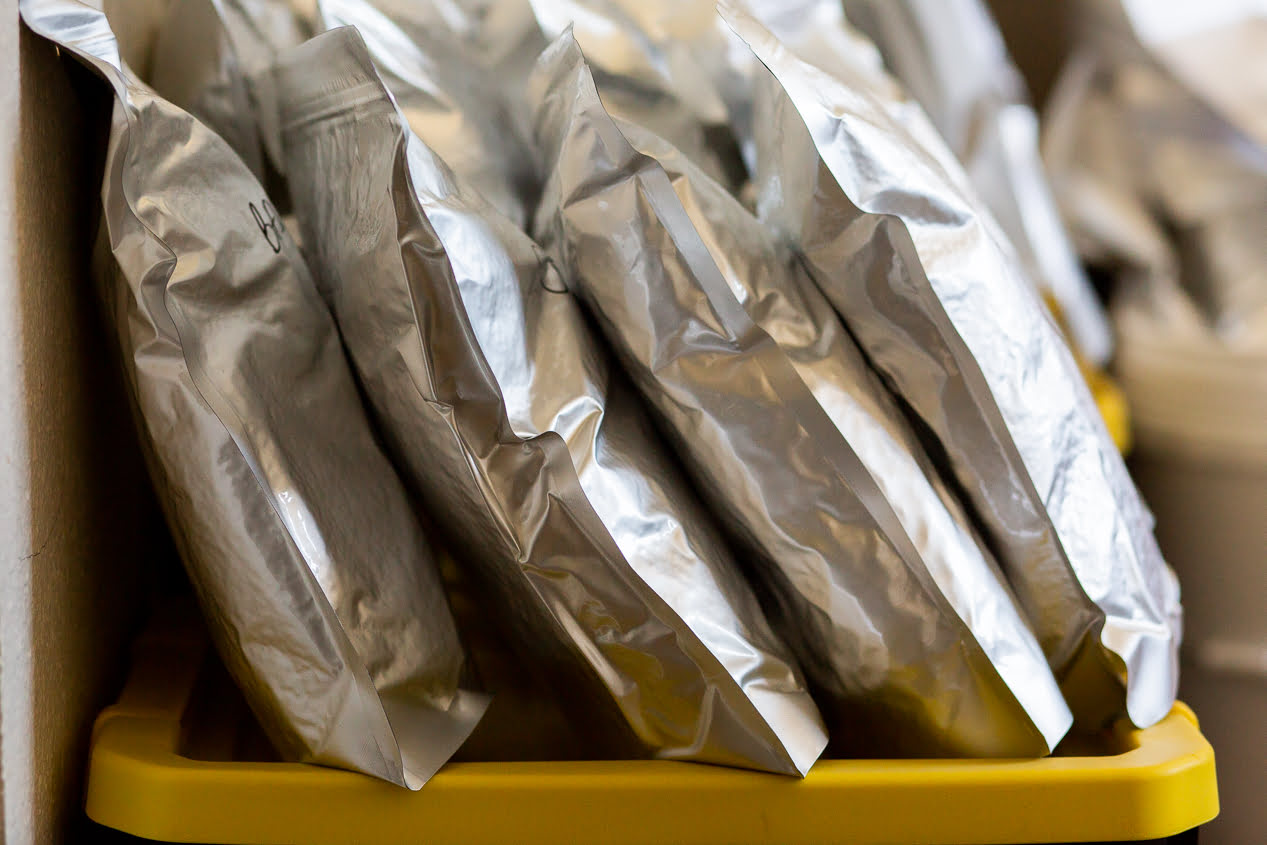

Articles
How To Store Rice In Mylar Bags
Modified: May 6, 2024
Learn how to store rice in Mylar bags with our informative articles. Ensure long shelf life and maximum freshness for your rice.
(Many of the links in this article redirect to a specific reviewed product. Your purchase of these products through affiliate links helps to generate commission for Storables.com, at no extra cost. Learn more)
Introduction
When it comes to storing rice long-term, there are several methods available. One of the most effective ways to preserve rice is by using Mylar bags. Mylar bags are made from a durable and moisture-resistant material that helps to keep the rice fresh for an extended period. In addition to their excellent storage capabilities, Mylar bags offer several other benefits, such as being cost-effective and easy to use.
In this article, we will explore the benefits of using Mylar bags for rice storage, the supplies needed, and provide you with a step-by-step guide on how to store rice in Mylar bags. We will also discuss the importance of choosing the right type of rice, preparing the bags, adding oxygen absorbers, sealing the bags, labeling, and dating, as well as storing the bags in the right environment. Lastly, we will share some tips for long-term rice storage.
Key Takeaways:
- Mylar bags offer a practical, cost-effective, and efficient solution for long-term rice storage, providing moisture resistance, oxygen barrier, and protection from pests. Properly stored rice can remain edible for up to 25 years, making it an excellent option for emergency preparedness and daily meal planning.
- When storing rice in Mylar bags, choosing the right type of rice, preparing the bags, adding oxygen absorbers, sealing the bags, labeling, and creating an ideal storage environment are crucial steps. Implementing a rotation system, regular inspection, and proper handling will ensure the quality and longevity of the stored rice.
Read more: How To Store Mylar Bags
Benefits of Using Mylar Bags for Rice Storage
Using Mylar bags for rice storage offers a range of benefits that make it an ideal choice for long-term preservation. Here are some of the key advantages:
- Moisture Resistance: Mylar bags have excellent moisture resistance properties, which helps to keep the rice dry and free from mold or mildew. This is particularly important for long-term storage, as moisture can cause the rice to spoil quickly.
- Oxygen Barrier: Mylar bags provide a strong barrier against oxygen, preventing the rice from oxidizing and becoming rancid. This is achieved by using oxygen absorbers along with the Mylar bags, creating an oxygen-free environment within the bag.
- Cost-Effective: Mylar bags are a cost-effective storage solution for rice. They are relatively inexpensive and can be purchased in bulk, making them a practical choice for those who need to store large quantities of rice.
- Easy to Use: Storing rice in Mylar bags is a straightforward process that requires minimal effort. The bags are lightweight and easy to handle, and the entire process can be completed without any specialized equipment.
- Long Shelf Life: When rice is stored properly in Mylar bags, it can remain edible for an extended period. With proper storage conditions, rice stored in Mylar bags can last for up to 25 years, making it an excellent option for emergency preparedness or long-term food storage.
- Protection from Pests: Mylar bags provide an additional layer of protection against pests, such as insects or rodents. The durable material acts as a barrier, preventing these unwanted guests from accessing the rice and causing damage.
Overall, using Mylar bags for rice storage offers a practical, cost-effective, and efficient solution for long-term preservation. With their moisture resistance, oxygen barrier, and the ability to extend the shelf life of rice, Mylar bags are an excellent choice for anyone looking to store rice for an extended period.
Supplies Needed
Before you begin storing rice in Mylar bags, it’s important to gather all the necessary supplies. Here are the key items you’ll need for this storage method:
- Mylar Bags: Purchase high-quality Mylar bags that are specifically designed for food storage. Look for ones that have a thickness of at least 4.3 mil for optimal durability and protection.
- Oxygen Absorbers: Oxygen absorbers are essential for creating an oxygen-free environment within the Mylar bags. Choose oxygen absorbers that are suitable for the size of your bags and have a high absorption capacity.
- Sealing Device: You’ll need a heat-sealing device, such as a hair straightener, clothes iron, or a specialized sealing machine, to seal the Mylar bags tightly. Ensure that the sealing device reaches a temperature of at least 350°F (177°C) for a secure seal.
- Labeling Tools: It’s important to label the Mylar bags with the date of storage and the type of rice inside. Use permanent markers or labels to ensure accurate labeling.
- Measuring Cup: A measuring cup or scale will help you accurately measure the desired quantity of rice for each Mylar bag.
- Funnel: A funnel can be useful for pouring rice into the Mylar bags without spillage or wastage.
- Flashlight: A flashlight will come in handy for inspecting the Mylar bags and ensuring that there are no leaks or signs of damage.
- Storage Containers: While not necessary, having storage containers on hand can be helpful for organizing and storing the sealed Mylar bags, especially if you plan to store multiple bags.
Having all of these supplies readily available will make the process of storing rice in Mylar bags much smoother and more efficient. Make sure to gather all the necessary items before you begin to ensure a successful rice storage process.
Step-by-Step Guide to Storing Rice in Mylar Bags
Storing rice in Mylar bags is a relatively simple process that can be done at home. Follow these step-by-step instructions to ensure proper rice storage:
- Choose the Right Type of Rice: Select the type of rice you want to store. Consider factors such as long-term storage suitability, personal preference, and nutritional value. White rice, brown rice, and long-grain rice are popular choices for long-term storage.
- Prepare the Mylar Bags: Open the Mylar bags and insert a clean funnel into the top. Hold the bag open and pour the desired quantity of rice into the bag. Leave enough space at the top to allow for sealing.
- Add Oxygen Absorbers: Depending on the size of the Mylar bag, you’ll need to add one or more oxygen absorbers. Oxygen absorbers help to remove oxygen and create a low-oxygen environment that prevents the rice from spoiling.
- Seal the Mylar Bags: Using a heat-sealing device, seal the Mylar bags tightly. Start from one end of the bag and work your way to the other end, ensuring a firm seal. Repeat this process for each bag.
- Label and Date the Bags: Use permanent markers or labels to write the date of storage and the type of rice on each Mylar bag. This will help you keep track of freshness and easily identify the contents in the future.
- Inspect and Store: After sealing and labeling the bags, inspect them carefully for any signs of leaks or damage. Use a flashlight to examine the bags closely. Once satisfied, place the sealed bags in a clean, dry, and cool storage container.
- Create an Ideal Storage Environment: Store the Mylar bags in a cool, dry place away from direct sunlight and high humidity. The ideal storage temperature for rice is between 50°F (10°C) and 70°F (21°C), with humidity levels below 15%. Avoid storing the bags near strong odors or chemicals that could affect the rice’s quality.
Following these steps will help ensure that your rice remains fresh and edible for an extended period. Remember to periodically check the bags for any signs of damage and discard any compromised bags to maintain the long-term storage quality of your rice.
Choosing the Right Type of Rice
When it comes to storing rice in Mylar bags, choosing the right type of rice is crucial. The type of rice you select will not only affect the taste and texture of your meals but also determine how well it stores over time. Here are some factors to consider when choosing the right type of rice for long-term storage:
- Long-Term Storage Suitability: Certain types of rice are better suited for long-term storage due to their lower oil content and longer shelf life. White rice, brown rice, and long-grain rice are popular choices for extended storage periods.
- Personal Preference: Consider your personal preference and the dishes you plan to prepare with the stored rice. If you enjoy a specific type of rice or have specific culinary requirements, choose a variety that aligns with your preferences and cooking style.
- Nutritional Value: Different types of rice offer varying nutritional profiles. Brown rice, for example, retains the bran and germ layers, providing more fiber and nutrients compared to white rice. Consider the nutritional value of the rice and choose one that aligns with your dietary needs.
- Cooking Properties: Each variety of rice has its own cooking properties, such as cooking time and texture. Consider how you plan to cook the rice and choose a variety that will yield the desired results. Whether you prefer fluffy grains or stickier rice, there’s a type of rice to suit your preferences.
- Familiarity and Versatility: It’s often a good idea to choose a type of rice that you are familiar with and have cooked before. Familiarity with the cooking process and taste can make the storage and usage of the rice more convenient. Additionally, consider the versatility of the rice in various recipes and cuisines.
Ultimately, the right type of rice for long-term storage will depend on your personal preferences, dietary requirements, and cooking preferences. It’s important to choose a variety that you enjoy eating and that will stay fresh and flavorful over an extended storage period. Taking these factors into consideration will help you make an informed decision when selecting the right type of rice for Mylar bag storage.
Read more: How To Store Pasta In Mylar Bags
Preparing the Mylar Bags
Before you start storing rice in Mylar bags, it’s important to properly prepare the bags to ensure the best storage conditions. Here are the steps for preparing the Mylar bags for rice storage:
- Clean and Dry: Ensure that the Mylar bags are clean and free from any debris or contaminants. Wipe them down with a clean, damp cloth and let them air dry before use. This will help maintain the cleanliness and freshness of the rice during storage.
- Inspect for Damage: Carefully inspect each Mylar bag for any signs of damage, such as tears, punctures, or weak seals. Discard any bags that are compromised, as they may not provide an airtight seal and could lead to rice spoilage.
- Size Selection: Choose the appropriate size of Mylar bag for the amount of rice you plan to store. It’s important to leave some empty space in the bag to allow for proper sealing and to accommodate the oxygen absorber.
- Organize the Work Area: Set up a clean and clutter-free workspace for the rice storage process. Arrange your supplies, including the measured rice, oxygen absorbers, sealing device, and labeling tools, within easy reach.
- Open the Mylar Bag: Carefully open the Mylar bag, ensuring not to damage the opening or the sealing area. If using a bag with a zip-lock closure, make sure it is unzipped and ready for filling.
- Insert a Clean Funnel: Insert a clean funnel into the top opening of the Mylar bag. This will help prevent spillage and ensure an accurate and mess-free transfer of the rice into the bag.
- Prepare the Rice: Measure the desired quantity of rice using a measuring cup or a kitchen scale. Transfer the rice into the Mylar bag through the funnel, being careful not to overfill the bag and leaving enough space for sealing.
- Remove Air: After filling the bag with rice, gently press down on the bag to remove excess air. This will help create a compact and uniform shape of the bag, making it easier to seal and store.
By following these steps, you can ensure that your Mylar bags are clean, in good condition, and properly prepared to provide an airtight and secure storage environment for your rice.
When storing rice in Mylar bags, make sure to remove as much air as possible before sealing the bags to prevent oxidation and insect infestation. Use oxygen absorbers to further extend the shelf life of the rice.
Adding Oxygen Absorbers
One of the critical steps in storing rice in Mylar bags is adding oxygen absorbers. Oxygen absorbers help create an oxygen-free environment inside the bags, preventing the growth of microorganisms and ensuring the long-term freshness of the rice. Here’s how to add oxygen absorbers to your Mylar bags:
- Calculate the Number of Oxygen Absorbers: Determine the number of oxygen absorbers needed based on the size and capacity of your Mylar bags. As a general guideline, use one oxygen absorber for every one-gallon capacity of the bag. You can find oxygen absorbers in various sizes, such as 100cc or 300cc, depending on the volume of your bags.
- Open the Oxygen Absorber Packet: Open the package of the oxygen absorbers just before you are ready to use them. Exposure to air activates the absorption process, so it’s essential to keep them sealed until you’re ready to add them to the bags.
- Place the Oxygen Absorber: Carefully drop the appropriate number of oxygen absorbers into each Mylar bag. Ensure they are distributed evenly throughout the bag, allowing for maximum absorption efficiency. Avoid touching the oxygen absorbers with bare hands, as they can become hot upon activation.
- Seal the Bag Quickly: Once the oxygen absorbers are inside the bags, promptly seal each bag using a heat-sealing device or other suitable sealing method. This will prevent any additional oxygen from entering the bag and interfering with the absorption process.
- Remove Excess Air: After sealing the bag, gently press down on it to remove any excess air pockets. This will ensure that the oxygen absorbers can effectively absorb all the oxygen inside the bag, creating an optimal storage environment for the rice.
It’s important to note that oxygen absorbers have a limited shelf life once opened. Therefore, it’s best to use them immediately after opening or store any remaining absorbers in a separate airtight container for future use. Additionally, ensure that you follow the instructions on the packaging of the oxygen absorbers for optimal usage and effectiveness.
By adding oxygen absorbers to your Mylar bags, you create an oxygen-free environment that helps maintain the freshness and quality of the stored rice. This step is essential for long-term rice storage and ensuring that your rice remains edible for an extended period.
Sealing the Mylar Bags
Properly sealing the Mylar bags is crucial for creating an airtight and secure environment for storing rice. A secure seal will help prevent oxygen, moisture, pests, and other contaminants from entering the bag and compromising the quality and shelf life of the rice. Follow these steps to seal your Mylar bags effectively:
- Choose a Sealing Method: Select a heat-sealing method suitable for the thickness of your Mylar bags. Common options include a hair straightener, clothes iron, or a specialized heat-sealing machine. Ensure that the sealing device reaches a temperature of at least 350°F (177°C) for a secure seal.
- Prepare the Sealing Device: Heat up the sealing device and allow it to reach the desired temperature. If using an iron or hair straightener, set it to the appropriate heat level for Mylar bag sealing. It’s essential to ensure that the device is clean and free from any residues that could transfer onto the bag during the sealing process.
- Seal a Test Bag: Before sealing the bags containing rice, it’s a good idea to seal a test bag first. This will allow you to evaluate the strength and effectiveness of the seal. Fill a Mylar bag with a small amount of rice or a piece of scrap paper, and seal it using the chosen sealing method. Check the seal for any signs of leakage or weakness.
- Seal the Rice-Filled Bags: Once you are confident in the sealing process, proceed to seal the Mylar bags containing rice. Start at one end of the bag and slowly run the heat-sealing device along the opening, applying even pressure. Ensure that the seal is firm and extends across the entire width of the bag. Repeat the process for each bag.
- Cool and Inspect: After sealing each bag, allow them to cool completely before further handling. This will ensure that the seal sets and solidifies properly. Once cooled, inspect the sealed bags for any signs of damage or leakage. Use a flashlight to check the seal from different angles, ensuring there are no gaps or weak spots.
Properly sealed Mylar bags will provide an effective barrier against oxygen, moisture, pests, and other environmental factors, helping to preserve the quality and longevity of the stored rice. It’s essential to pay attention to the sealing process and ensure that each bag is securely sealed to avoid any potential issues during storage.
Labeling and Dating the Bags
Labeling and dating your Mylar bags is a crucial step in storing rice. Properly labeled bags will help you easily identify the contents and keep track of the freshness and storage duration. Here’s how to label and date your Mylar bags effectively:
- Choose a Permanent Marker: Select a high-quality permanent marker that is waterproof and resistant to fading. Avoid using regular pens or markers that may smudge or wash off over time.
- Write the Date: On each Mylar bag, write the date of storage. Use a clear format, such as “Day/Month/Year” or “Month/Day/Year” to avoid confusion. This will provide a reference point for monitoring the freshness and shelf life of the stored rice.
- Label the Type of Rice: Indicate the type of rice stored in each bag. If you have multiple varieties of rice, labeling them will help you easily identify and choose the desired type when needed. Write the name or abbreviation of the rice variety clearly on the bag.
- Include Additional Information: If desired, you can include additional information on the labels, such as cooking instructions or any other relevant details. This can be helpful if you plan to store specific rice varieties that require different cooking methods or have special considerations.
- Place Labels in a Visible Location: Ensure that the labels are clearly visible and easy to read. Place them on the front or top portion of the Mylar bags where they won’t be covered or obstructed. This will allow for quick and convenient identification of the bags.
Labeling and dating the Mylar bags will help you keep track of the storage duration and easily identify the type of rice stored in each bag. This information can be useful when rotating your stock or managing your food storage inventory. Regularly check the labels to ensure that they remain legible and make adjustments as needed.
By properly labeling and dating your Mylar bags, you’ll have a well-organized rice storage system and be better equipped to maintain the quality and freshness of your stored rice.
Read more: How To Store Flour In Mylar Bags
Storing the Mylar Bags in the Right Environment
Proper storage conditions play a vital role in preserving the quality and longevity of the rice stored in Mylar bags. Creating an optimal storage environment will help prevent spoilage, maintain flavor, and extend the shelf life of the rice. Here are some guidelines for storing your Mylar bags in the right environment:
- Temperature: Store the Mylar bags in a cool environment with a consistent temperature. The ideal temperature range for rice storage is between 50°F (10°C) and 70°F (21°C). Avoid exposing the bags to extreme temperature fluctuations, as this can affect the integrity and quality of the rice.
- Humidity: Keep the storage area dry, with humidity levels below 15%. High humidity can cause moisture buildup and potentially lead to mold and spoilage. Choose a storage location that is away from areas prone to excessive humidity, such as basements, attics, or areas near water pipes or appliances.
- Light Exposure: Protect the Mylar bags from direct exposure to light, as it can lead to nutrient degradation and affect the quality of the rice. Store the bags in a dark area or use opaque storage containers to block out light and maintain the integrity of the rice.
- Avoid Strong Odors: Keep the Mylar bags away from strong-smelling items, such as cleaning chemicals, detergents, or pungent spices. Rice has a tendency to absorb odors, which can alter its taste and aroma. Opt for a storage location that is well-ventilated and odor-free.
- Avoid Pests: Take precautions to protect the Mylar bags from pests, such as insects or rodents. Ensure that the storage area is clean and free from any potential entry points for pests. Consider using pest control measures like traps or deterrents to further safeguard the rice.
- Regular Check-ups: Periodically inspect the stored Mylar bags for any signs of damage, leakage, or pests. Check the seals, labels, and overall condition of the bags. If you notice any issues, replace the compromised bags to maintain the quality and freshness of the rice.
By storing your Mylar bags in the right environment, you can ensure that the rice remains protected and maintains its quality over an extended period. Following these guidelines will help maximize the shelf life of your stored rice and contribute to a successful long-term storage strategy.
Tips for Long-Term Rice Storage
Proper storage is essential for maintaining the quality and freshness of rice over an extended period. Follow these tips to ensure successful long-term rice storage in Mylar bags:
- Quality Procurement: Start with high-quality rice for long-term storage. Choose rice with good moisture content and minimal impurities. Opt for reputable brands or trusted suppliers to ensure the best quality rice.
- Rotation System: Implement a rotation system for your rice storage. Use the principle of “first in, first out” (FIFO) and consume the oldest rice first. This will help prevent rice from being stored for too long and ensure you maintain a fresh supply.
- Regular Inspection: Periodically inspect the stored Mylar bags for any signs of damage, pests, or deterioration. Keep an eye out for leaks, tears, or punctures that could compromise the integrity of the bags and lead to spoilage.
- Proper Handling: Practice proper handling when retrieving rice from storage. Avoid rough handling or excessive movement that could damage the Mylar bags. Gently handle the bags to minimize the risk of accidental punctures or tears.
- Keep Vermin Away: Take measures to prevent pests from accessing the stored rice. Store the Mylar bags in pest-proof containers or areas, and consider using natural pest deterrents like bay leaves or neem leaves.
- Airtight Seal: Ensure that the Mylar bags are properly sealed without any leaks or gaps. This will help maintain an airtight environment inside the bags and prevent moisture, oxygen, or pests from compromising the rice.
- Storage Stability: Opt for a stable storage location that maintains a consistent temperature and humidity level. Avoid areas with extreme temperature fluctuations or high humidity, as they can accelerate the degradation of the rice.
- Label Maintenance: Regularly check the labels on the Mylar bags to ensure the information remains legible. This will help you easily identify the type of rice and track the storage duration of each bag.
- Use Proper Portions: When retrieving rice from storage, remove only the amount needed for a specific meal or recipe. Avoid exposing the remaining rice to air for an extended period to maintain its freshness.
- Proper Pest Disposal: If you do encounter any pest-related issues, take immediate action to eliminate the pests and remove any compromised bags from storage. Properly dispose of the affected bags to prevent the infestation from spreading.
By implementing these tips, you can ensure that your rice remains in optimal condition during long-term storage. Remember to regularly monitor and assess the quality of the rice and make any necessary adjustments to maintain a fresh and reliable supply for your culinary needs.
Conclusion
Storing rice in Mylar bags is an effective and economical way to preserve this essential pantry staple for long-term use. By utilizing the benefits of Mylar bags, such as moisture resistance, oxygen barrier, and cost-effectiveness, you can ensure that your rice stays fresh and flavorful over extended periods of storage.
To successfully store rice in Mylar bags, it’s important to follow the proper steps. Start by choosing the right type of rice for long-term storage, ensuring it aligns with your preferences, cooking style, and nutritional needs. Then, prepare the Mylar bags by cleaning them thoroughly and inspecting for any damage.
Adding oxygen absorbers to the bags is crucial for creating an oxygen-free environment that prevents spoilage and degradation. Remember to seal the bags tightly using a heat-sealing device, and label and date each bag for easy identification and monitoring.
When storing the Mylar bags, create an optimal environment by keeping them in a cool, dry place with controlled temperature and humidity levels. Protect the bags from light exposure and strong odors, and regularly inspect them for damage or pests.
By implementing a rotation system, regularly checking the bags, and practicing proper handling and storage techniques, you can ensure the quality and longevity of your rice supply.
Long-term rice storage is not only beneficial for emergency preparedness but also provides cost savings and convenience in daily meal planning. With proper storage, rice stored in Mylar bags can remain edible for up to 25 years, making it a reliable and versatile food source.
In conclusion, by following the guidelines and tips provided in this article, you can confidently store rice in Mylar bags, guaranteeing its freshness and nutritional value for years to come. With the right approach to storage, you can have peace of mind knowing that you have a stable and dependable supply of rice, ready to nourish you and your loved ones whenever you need it.
Now that you've mastered storing rice in Mylar bags, why not refine your skills further? If you're curious about enhancing food preservation, our detailed guide on top oxygen absorbers will help you choose the best options for keeping your provisions fresh. Looking to expand your horizons in food security? Our comprehensive review of stellar long-term storage solutions is just the ticket. Additionally, for those keen on the best materials for safeguarding their food, our selection of high-quality Mylar bags will not disappoint. Dive into these resources to ensure your storage techniques are as efficient and effective as possible.
Frequently Asked Questions about How To Store Rice In Mylar Bags
Was this page helpful?
At Storables.com, we guarantee accurate and reliable information. Our content, validated by Expert Board Contributors, is crafted following stringent Editorial Policies. We're committed to providing you with well-researched, expert-backed insights for all your informational needs.
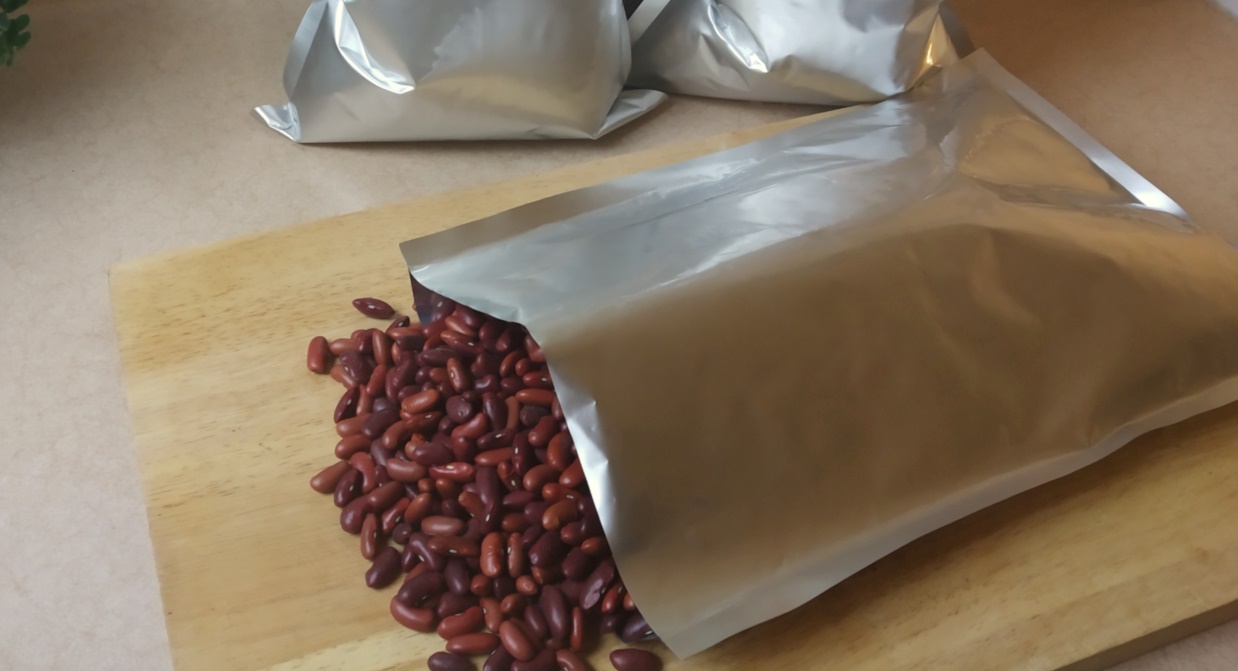
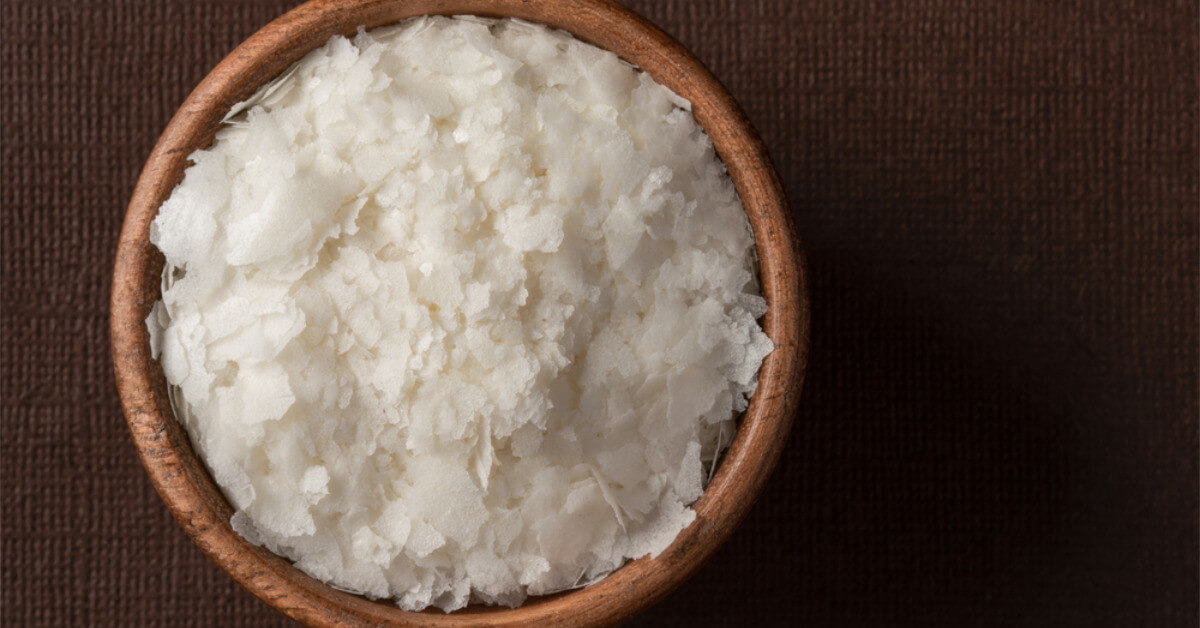

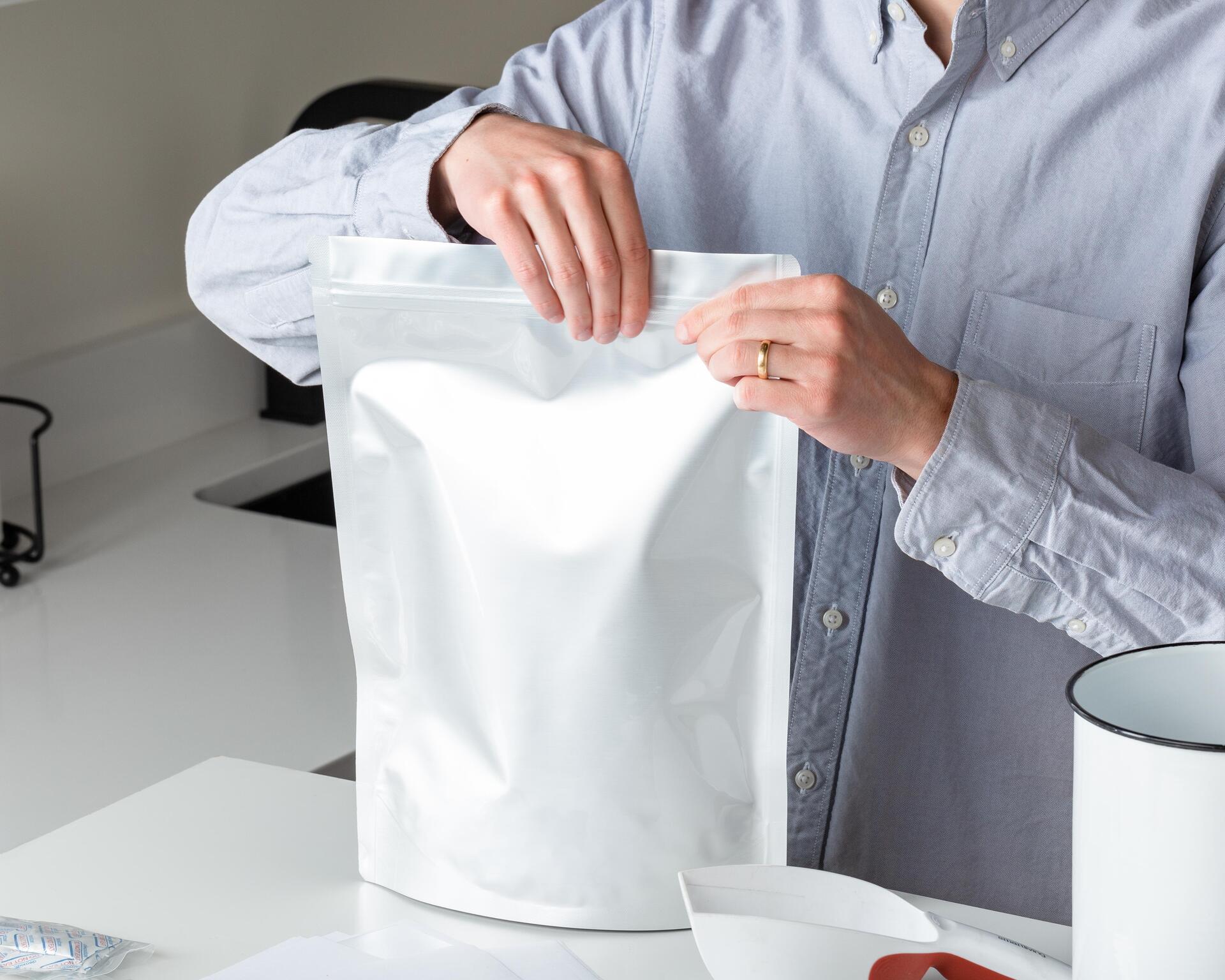
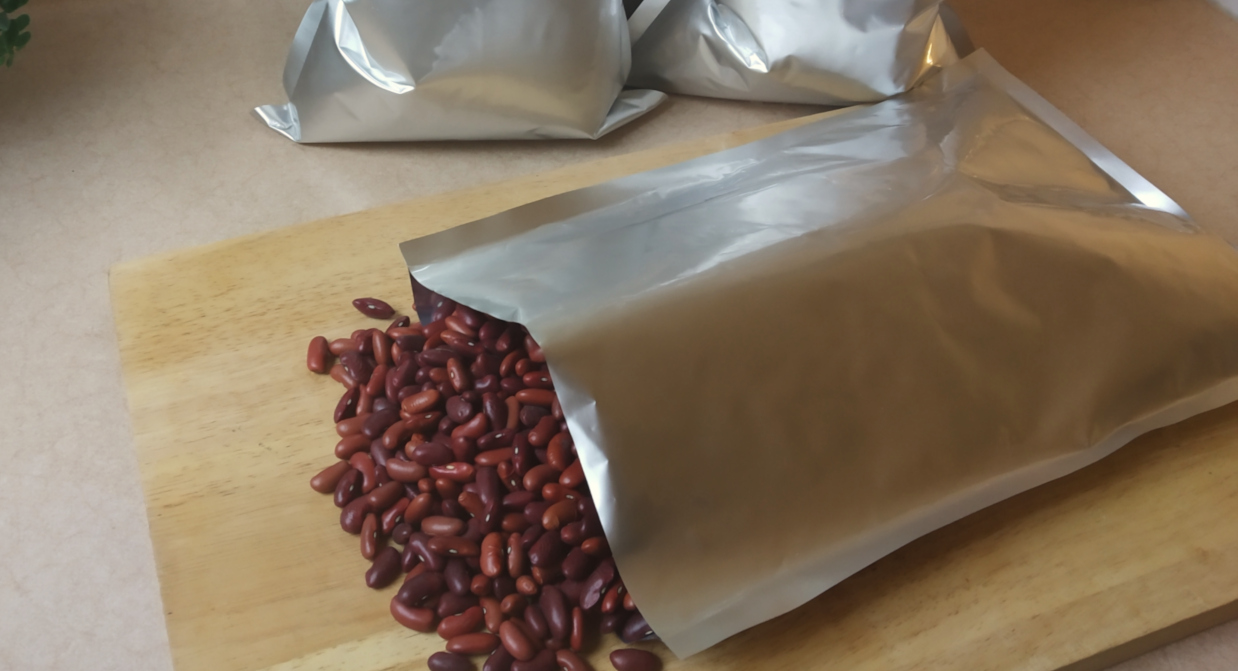
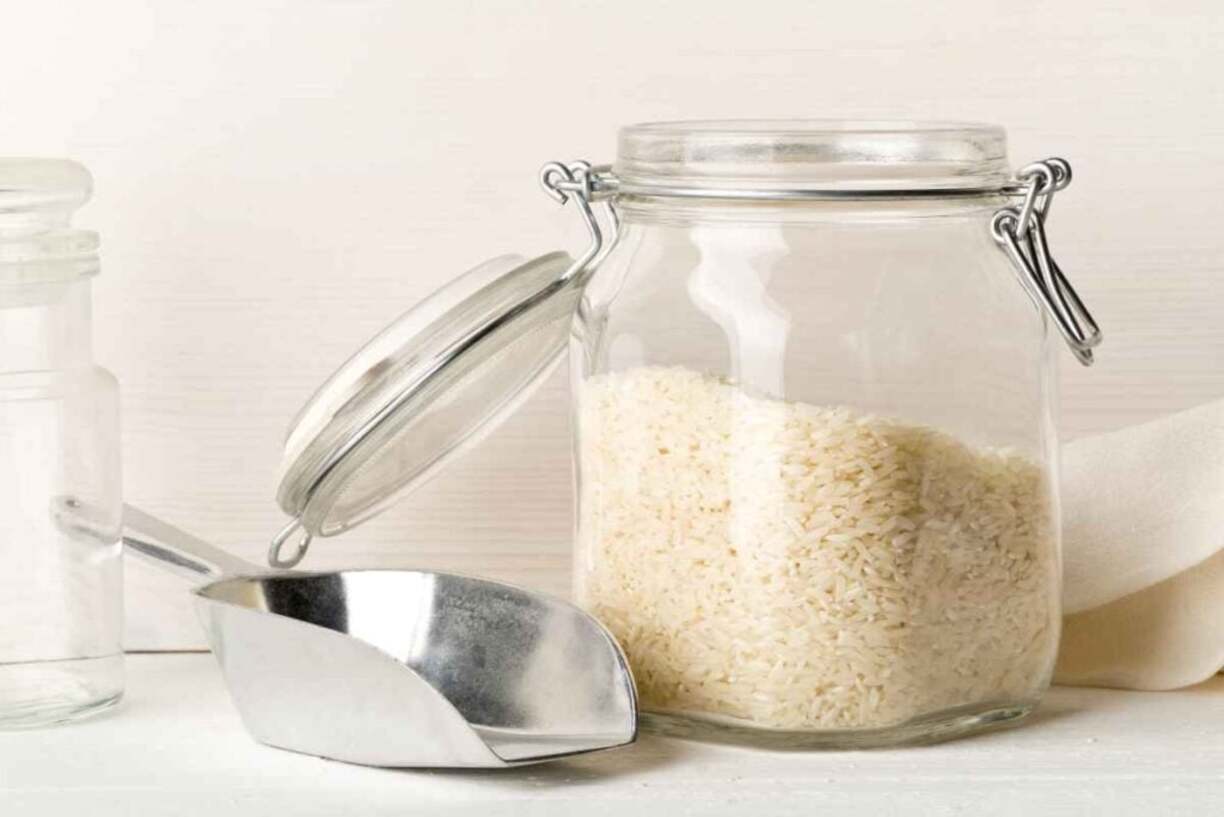

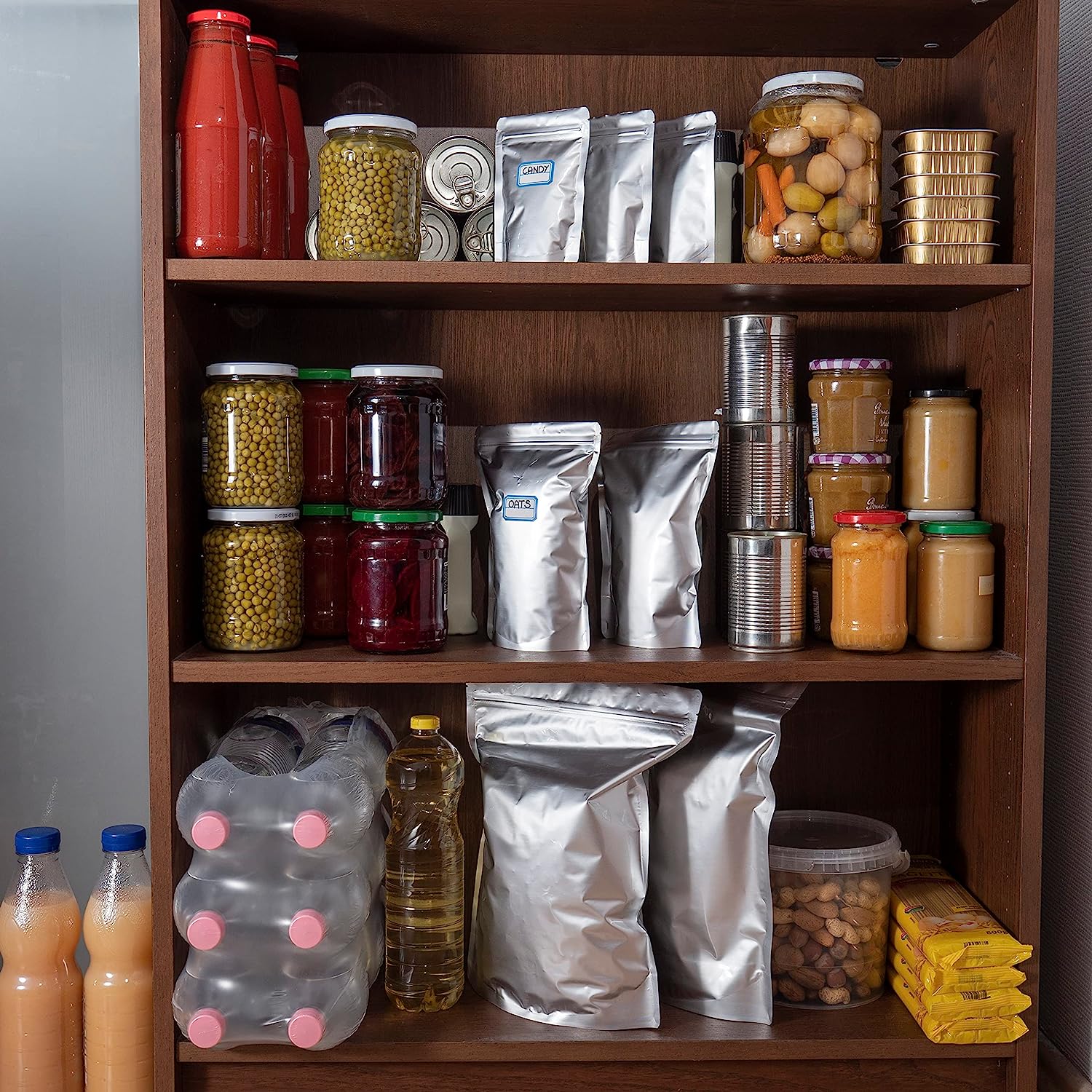

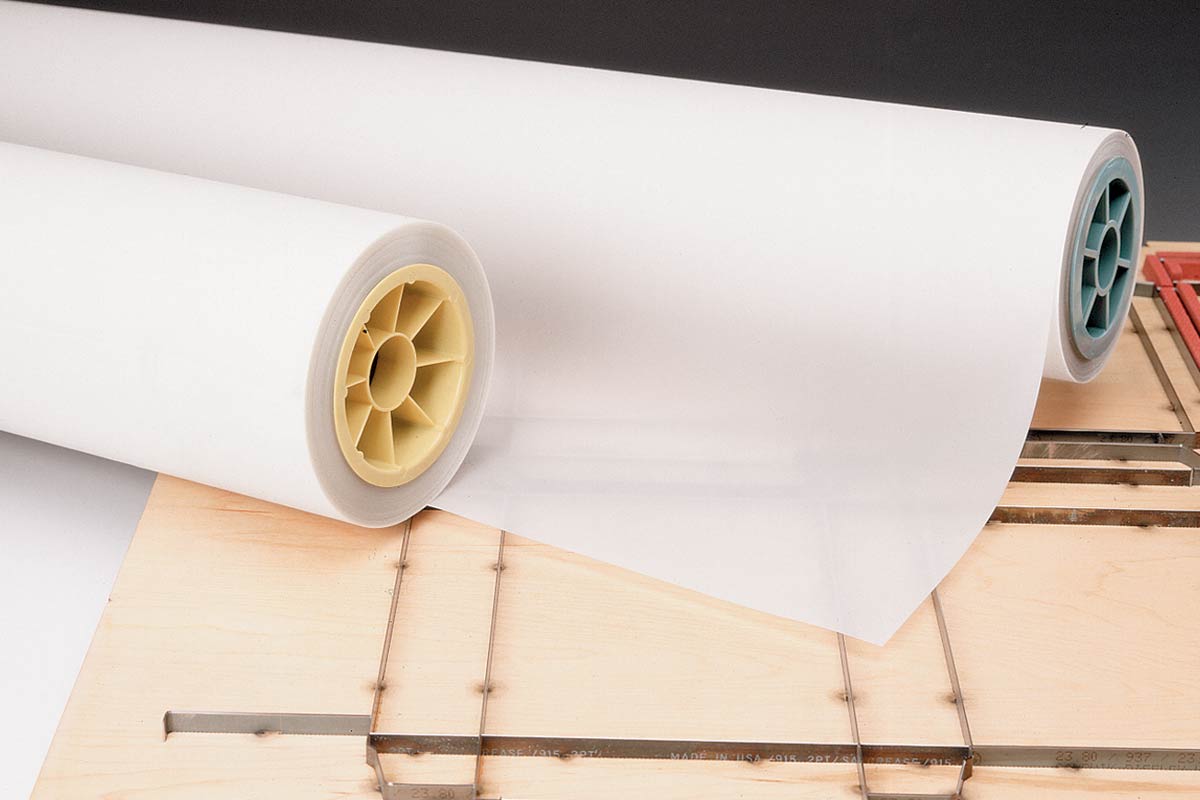




0 thoughts on “How To Store Rice In Mylar Bags”